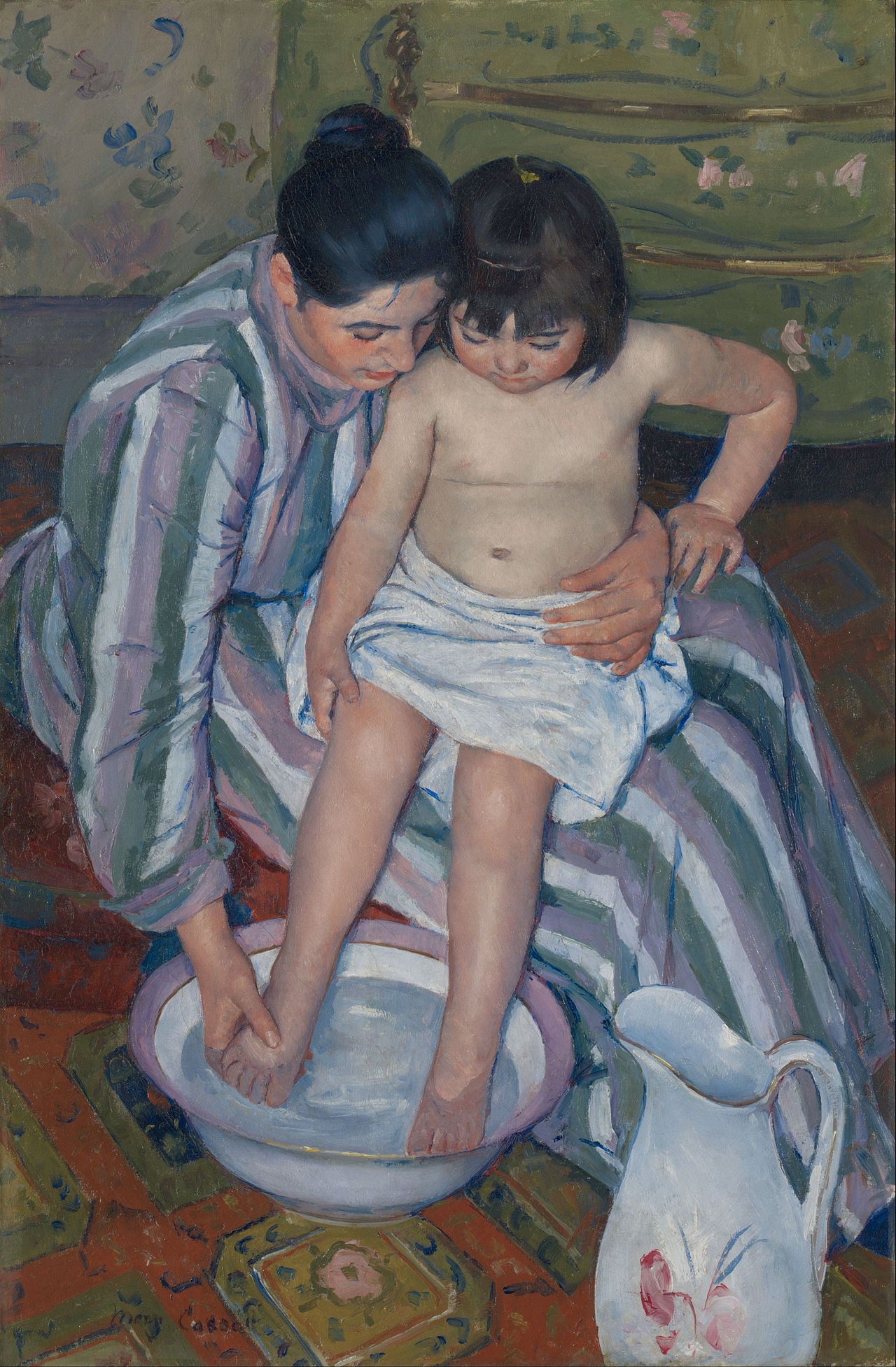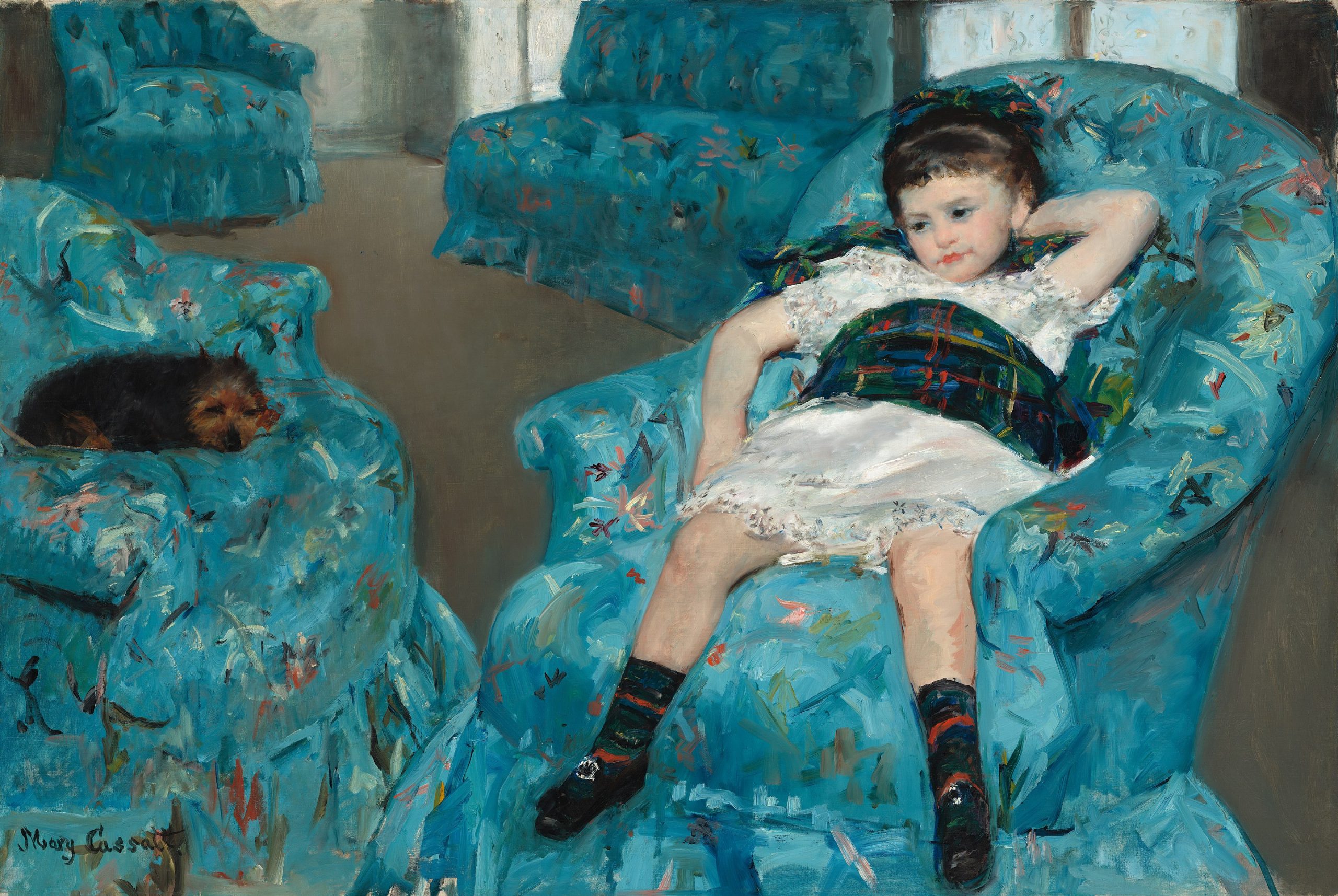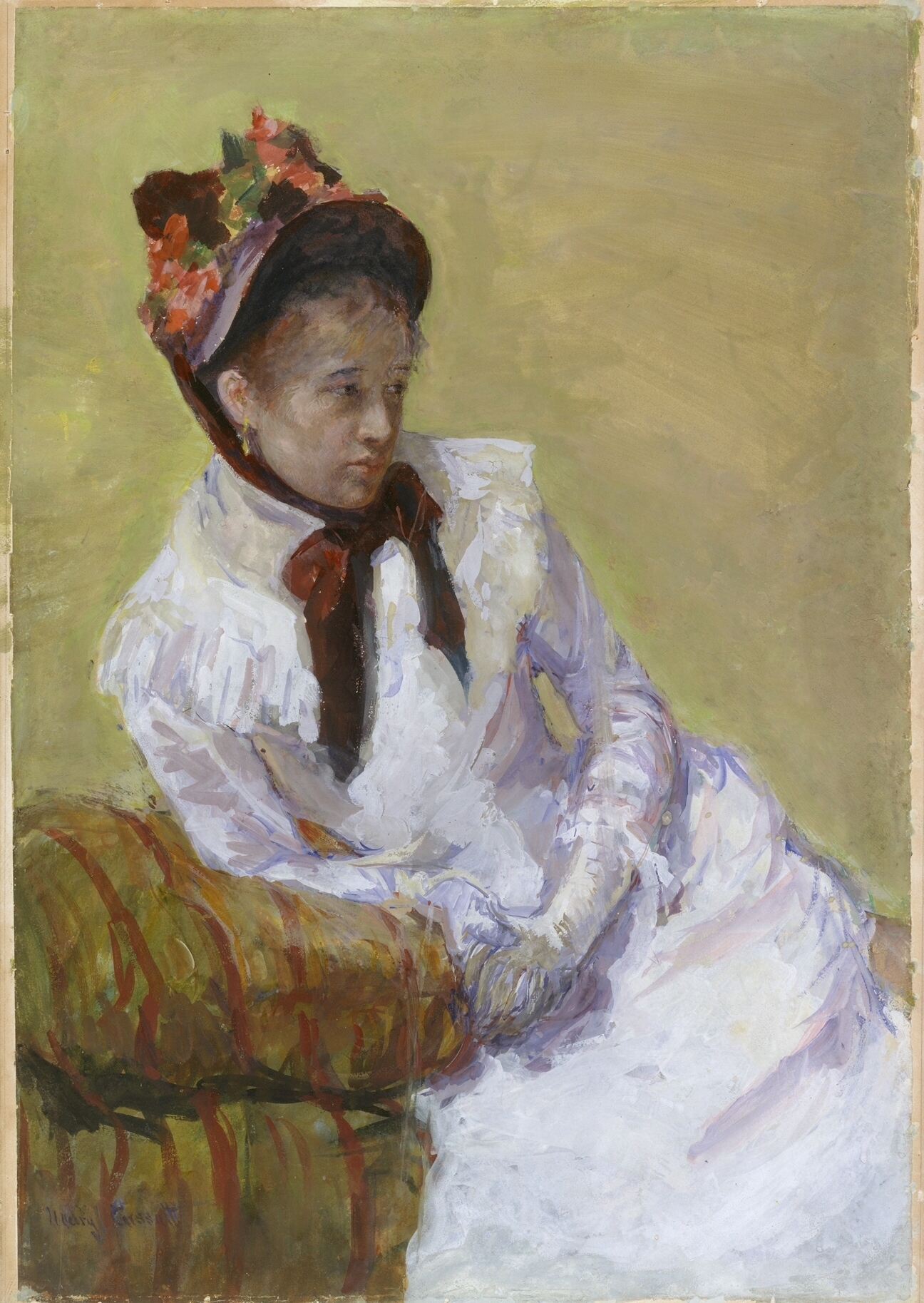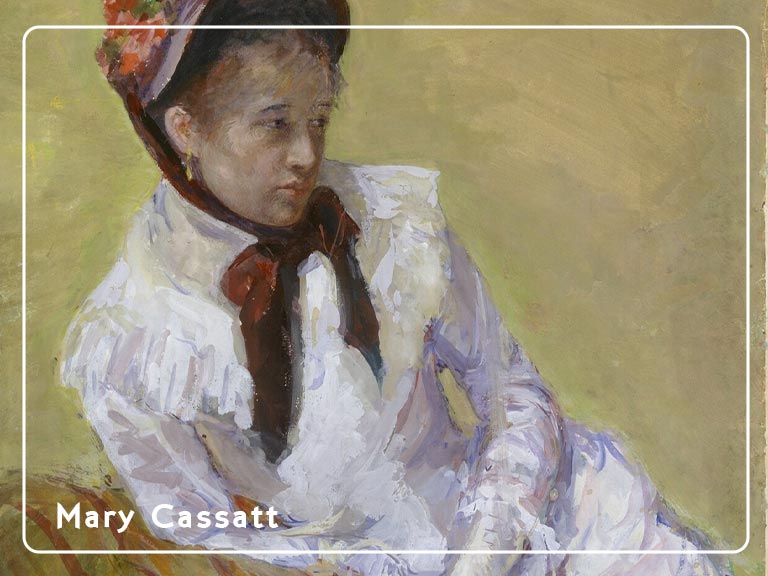Mary Cassatt, an influential American artist of the late 19th and early 20th centuries, made a significant impact on the world of art with her unique perspective and portrayal of women and children. Born on May 22, 1844, in Pennsylvania, Cassatt’s artistic journey took her to the heart of the Impressionist movement in Paris. In this blog post, we will delve into the life and works of Mary Cassatt, exploring her artistic style, notable pieces, and her profound contributions to the representation of women in art.
Mary Cassatt was born into a family that valued education and the arts. Encouraged by her parents, she pursued her passion for art and later moved to Paris to further her studies. There, she immersed herself in the vibrant art scene and encountered the works of the Impressionists, which deeply influenced her artistic approach. Cassatt became close friends with Edgar Degas, who became her mentor and played a pivotal role in shaping her artistic vision.
Intimate Portrayals of Women and Children
Mary Cassatt’s art is renowned for its intimate portrayals of women and children, capturing the subtleties of their emotions and relationships. Her paintings often depict tender moments of everyday life, highlighting the bond between mothers and their children or the quiet contemplation of women engaged in their personal pursuits.
One of Cassatt’s most famous works, “The Child’s Bath” (1893), beautifully captures the bond between a mother and her child during a private moment of bathing. The painting showcases Cassatt’s mastery of capturing the play of light and shadow, as well as her ability to evoke a sense of tranquility and tenderness. “The Child’s Bath” can be admired at the Art Institute of Chicago.

Another notable piece, “Little Girl in a Blue Armchair” (1878), portrays a young girl in a vividly coloured armchair, surrounded by patterns and textures that exemplify Cassatt’s Impressionist style. The painting’s composition and use of colour create a sense of liveliness and immediacy, drawing the viewer into the scene. This artwork is housed at the National Gallery of Art in Washington, D.C.

The Self-Portrait: In “Portrait of the Artist,” (1878) Mary Cassatt presents herself as the subject, creating a visual narrative of self-reflection. The painting depicts a serene and contemplative Cassatt, seated in front of a mirror, capturing her own likeness. Her gaze meets the viewer’s eyes with a sense of self-assurance and quiet confidence. Through this self-portrait, Cassatt invites us to witness her artistic process and offers a glimpse into her inner world.
Cassatt’s composition in “Portrait of the Artist” is thoughtful and deliberate. She positions herself off-centre, emphasising her presence as an artist within the frame. The mirror in the background not only serves as a compositional element but also symbolises self-reflection and introspection. Cassatt’s brushwork is delicate and nuanced, capturing the subtle details of her features and the textures of her attire. The restrained colour palette enhances the overall sense of tranquility and self-possession.
As a female artist in a predominantly male-dominated art world, Cassatt sought to establish her own artistic identity and challenge societal expectations. Through this self-portrait, she asserts her presence, skill, and determination as a serious artist. It serves as a testament to her confidence, resilience, and unwavering commitment to her craft.

Mary Cassatt’s works exhibit the hallmarks of Impressionism, characterised by loose brushwork, vibrant colours, and an emphasis on capturing the fleeting moments of life. Her ability to depict the nuances of human relationships and the beauty of everyday life contributed to the advancement of women artists in the male-dominated art world.
Cassatt’s bold artistic vision and determination to challenge societal norms paved the way for future generations of female artists. Through her art, she celebrated the importance of women’s experiences and gave a voice to their stories, leaving an indelible impact on the art world.
Mary Cassatt’s art continues to captivate viewers with its delicate portrayal of women and children, showcasing the beauty and complexity of human relationships. Her unique perspective, influenced by the Impressionist movement, revolutionised the representation of women in art and challenged traditional notions of femininity. Mary Cassatt’s legacy as a pioneering female artist and her ability to capture the essence of everyday life make her an enduring figure in art history, inspiring artists and art enthusiasts alike to celebrate the intimacy and beauty found in the ordinary.
If you would like to receive a roundup of all of our blog posts once a week to keep you inspired in your inbox, why not sign up to our newsletter. You can access our sign up at the top of our page. If you are a London Art College student and you would like your artwork featured here, drop us a line at any time.

